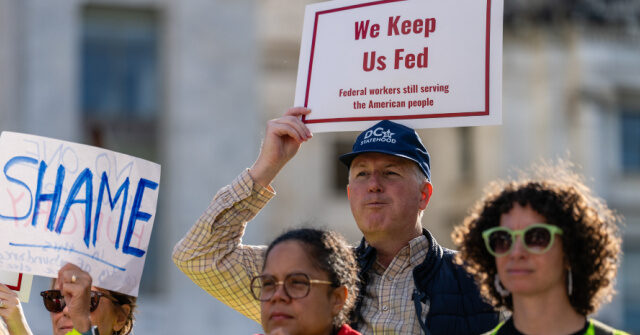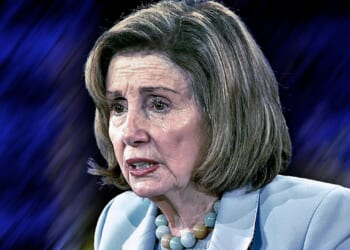Director of the National Economic Council Kevin Hassett said Thursday that he expects government employees furloughed during the shutdown will receive paychecks by “early next week” or perhaps sooner.
He noted that essential workers were brought in a few days early to ensure furloughed employees would receive their pay “as soon as possible” during a morning gaggle with reporters outside the West Wing, when asked when furloughed employees would receive back pay.
“I was really pleased to see some of my furloughed employees show up today, and there’s a lot of hugging and smiling,” he said.
“I think that the payments will come probably early next week…. maybe even before, there really has been an aggressive effort to get people to get their checks as soon as possible,” he added.
The bipartisan policy center reported on November 5 that the government furloughed at least 670,000 federal employees over the government shutdown to that point. On October 24, some federal employees began missing a paycheck due to the shutdown, as Democrats refused to reopen the government without an extension of COVID-era Obamacare subsidies.
Democrats ultimately caved on their demands and helped Republicans reopen the government with a clean continuing resolution (CR), which also included three of the twelve appropriations bills to fund the government through the end of the fiscal year.
Hassett highlighted the economic damage caused by the shutdown, noting it cost the United States roughly $15 billion per week and 1-1.5 percent of fourth-quarter gross domestic product growth.
He also noted that an estimated 60,000 Americans who are not government employees lost their jobs because of the shutdown. What is more, as the shutdown hampered the federal government’s ability to garner key data for economic reports, the unemployment rate for October 2025 will never be known.
“The October employment report, for the payroll side, will be able to be calculated, but the household survey wasn’t completed, so we’ll get sort of half a jobs report,” he said.
“Most everything else, I think, we’ll be able to concoct the correct number after we look back, but we will never know what the unemployment rate was in October because there wasn’t a household survey,” he added.

















